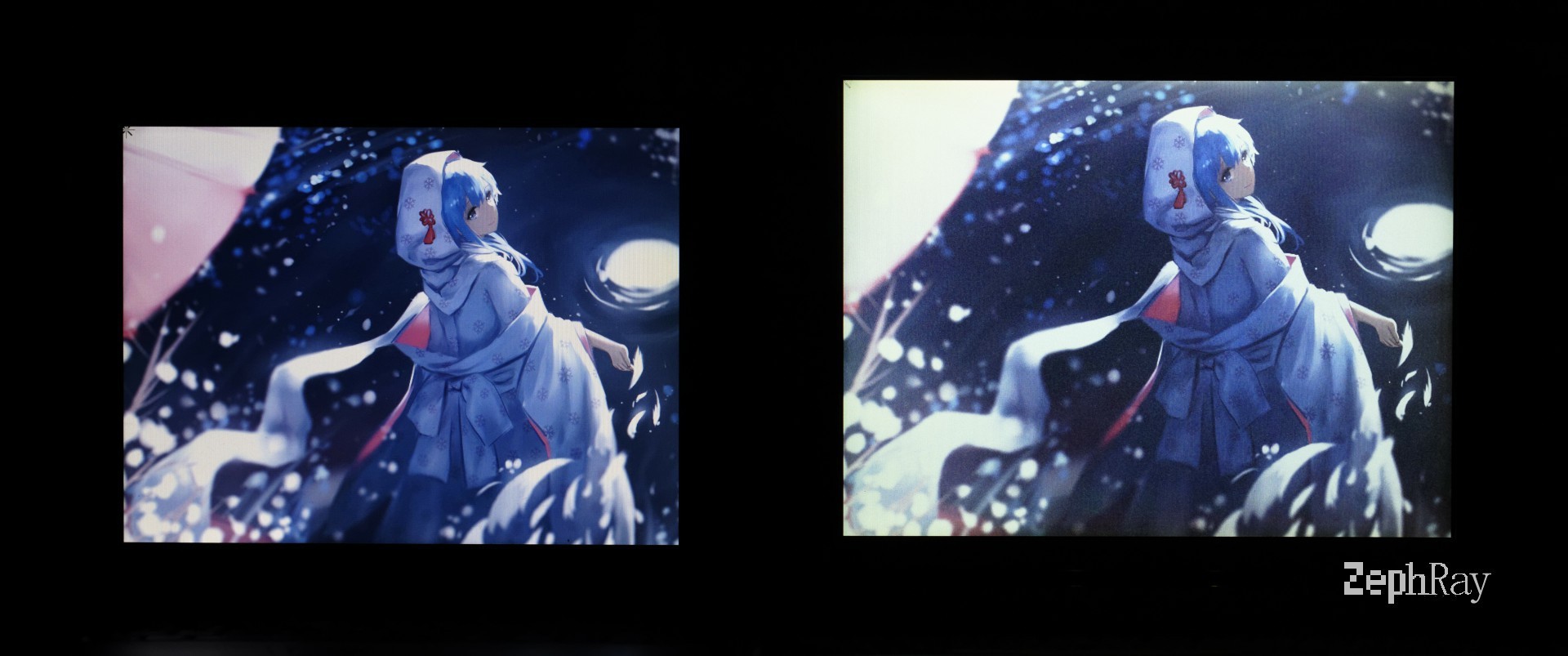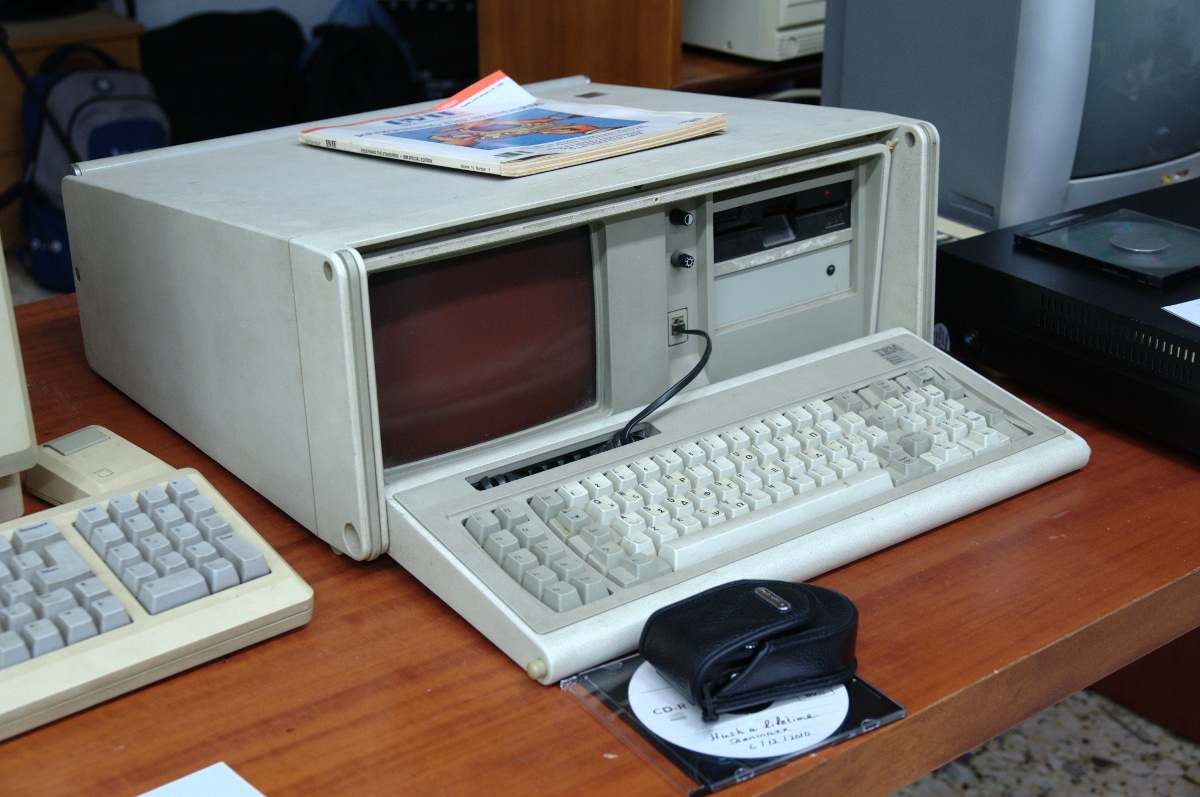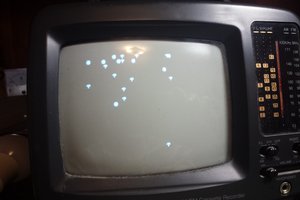Basically, this project aims to build an LCD monitor based around a CSTN screen (specifically SX21V004, but once done, it is easy to adapt other panels).
This task would be easy for normal TFT LCDs, one would just need to buy the screen, the driver board, and optionally a case, assemble them together, done. Though one may build driver board and/or case yourself, but given they are easy to find and very affordable, there is not many reasons to build by oneself.
But the story is quite different for CSTN. Most of the large (>3") CSTNs use a very different interface than TFT LCD, making it impossible to connect them to normal driver board designed for TFT LCDs. CSTN driver boards are just no longer available. (But I do confirm that they once existed) Currently, the only solution is to use an FPGA to build a driver board.
This project, once again, utilize my Xilinx ML505 Virtex-5 development board. The on-board VGA decoder is used for capturing incoming VGA video signal, and the CSTN screen is connected to the XGI expansion port. (By the way, Xilinx ditched both ports on their 6 series development boards, making ML505 the last development board with lots of on-board peripherals and a 2.54mm expansion port.)
Currently, the project is basically done. It could capture the VGA signal and display the image on the screen at 60Hz Vsync. STN LCD runs at 120Hz or 240Hz to improve color depth.
 Wenting Zhang
Wenting Zhang







 Mars
Mars
 Eric Hertz
Eric Hertz
Hey, I know I'm a bit late to this party, since the last update here was in 2019 -- but I have a gas plasma display with an interface similar to your CSTN LCDs -- the only difference is, it doesn't split the screen in half. In other words, even though it is 640*400 pixel resolution, one sends it four pixels at a time -- not eight -- and there's no "upper" or "lower" to it. (I have a power supply for it, though, at least!)
Also, Xilinx ML505 chips and boards are very hard to get now.
I would like to use the design you have here, but I know absolutely nothing about FPGAs except for a vague concept of how they work and act... I also have very little money... would you be willing and able to help me work out how to adapt your work to my needs?